Split Fiction has much longer levels than It Takes Two ever did, and lets you explore gameplay concepts and genre conventions in far more depth. As a result, it’s divided into eight much chunkier chapters, which each have a lot of different elements to them, not to mention a range of Side Stories to explore.
Here we take a look at all eight chapters and rank them based on how well they explore those genres, the range of gameplay within them, whether they overstay their welcome, and how enjoyable they are to play through together. We haven’t included the Side Stories, since these are more like breaks from the chapters themselves, but you can check our ranking of them out too.
8
Rader Publishing
It’s not too tough to decide which chapter goes bottom of the pile. The first chapter you play is by far the shortest, and serves as an introduction to the whole Split Fiction concept of sci-fi and fantasy. However, you don’t spend long enough in either genre to do anything besides learn the basic mechanics. It does its job, but it doesn’t measure up to the rest of the game.
In fact, most of it isn’t even gameplay, but cutscenes setting up the premise. In such an action packed game, that would always be enough to land it bottom of the list, but it’s worse when the narrative is probably the weakest part of Split Fiction anyway.
7
Final Dawn
All of the chapters have some thematic link that underpins both the gameplay and the motivation of the writer (in this case, Mio), but Final Dawn is probably where that link is weakest. It plays out as a third person shooter, asking both characters to hit targets and burst shields to solve puzzles or take out enemies. Zoe says it feels like “old gunslinger movies”, except it doesn’t since it’s so obviously channelling sci-fi laser guns, which makes it feel disjointed.
This gunslinger reference is the only thing that connects the mechanics to the idea of Mio worrying for her father’s health, meaning the already cliched storyline doesn’t even hit its mark. Add in that this level feels overly long and repeats itself more than the others, and it’s hard to place it any higher.
Two shooter fans playing together will enjoy this more, but casual players will struggle with the speed you’re expected to react at.
6
Neon Revenge
Two in a row for Mio unfortunately. While Final Dawn’s exploration of her father’s health is heavy-handed, Neon Revenge feels inconsequential. The big theme underpinning this is Mio’s annoyance at unpaid parking tickets, and as the first real chapter in the game, it’s not so bad that it’s goofy fun. But as things get more weighty later on, this one feels more and more like a missed opportunity.
While chilling at the water park is a bright spot (as is a certain It Takes Two cameo), the complexity of the gravity systems can be rough landing for the game, especially with Zoe’s fantasy levels far more digestible. In fact, going first might make this one feel worse on reflection as many people expecting something closer to Hazelight’s previous, more casual smash hit could struggle to get to grips with the boss battles, driving sections, and missable Side Story here.
5
The Hollow
Zoe’s final level might also be her weakest, although it does feel a little harsh when you put it like that. The eclectic range of mechanics certainly offer variety, but they don’t always seem to be very fittiing to any sort of central theme, nor do they seem to suit Zoe. It goes darker as it reveals the truth behind Zoe’s secret, but most people will have figured it out already, and the dark nature of the reveal feels like it’s going for shock value more than any emotional resonance.
It’s certainly possible people will find The Hollow to be one of the most enjoyable chapters in the game – none of the main chapters are even close to being bad, after all – but it feels as though it loses what makes Zoe special in pursuing a bunch of ideas the game ran out of space for, and that leaves it feeling a little messy.
4
Hopes Of Spring
The first Zoe level of Split Fiction probably has the most generic gameplay, with much of the chapter spent with standard platforming fare. However, there are a few points in its favour over the more expansive but perhaps less polished levels we see on Mio’s side. First and foremost, the generic gameplay is what you’d expect from a good platformer, and while not enough to sustain a whole game, it does a great job for a single chapter, especially with the shapeshifting thrown in there to make you think.
There’s also the middle of the level where Zoe stops controlling a character and begins controlling the map itself, a trick later repeated even more creatively by Mio in her final chapter. But it’s also the chapter that most feels as though it understands Split Fiction as a game. Zoe is a struggling writer, and Hopes of Spring with its high concept theme (to borrow from another piece of fantasy literature, that Winter is Coming) delivered through messy personal experiences with a love of dance and hatred of a neighbour’s cat feels exactly like the sort of thing Zoe would write and struggle to get published.
3
Isolation
It was a long time coming, but Mio finally pulls something great out of the bag. Buried deep in her subconscious, we see her most varied level yet, using a more innovative use of gravity than Neon Revenge via a Metroid-style ball, hacking that allows you to move objects around at will, and a fantastic pinball section that nails the infinite possibilities of science fiction.
Mio is a less complex writer than Zoe (the reason for pinball’s inclusion is she’s been “playing a lot of pinball”), but has a far more spectacular scope. Isolation finally delivers on the promise shown in Mio’s Side Stories that hasn’t really come through in her main chapters yet. The imaginative ideas, quickfire range of mechanics being shown off, and epic boss showdown make this Mio’s magnum opus.
2
Split
The game’s finale saves its best gimmick for last, and makes you wonder what a whole game like this could have been like. Actually giving us some Split Fiction for once, Mio plays through a sci-fi story while Zoe pushes on through a fantasy land, only to realise the two worlds are connected. You even get to finally cross the split screen division to avoid dangers in each genre by hiding in the other.
While the rest of the game has you playing through the same level and taking turns to explore the genres, the climax sees the game start to play with its central premise to great effect. Maybe Split Fiction could have been even better if the whole game had played around with this idea in a little more depth. It’s only dragged off top spot because of being forced to fight Rader over and over. We get it, dude.
1
Rise Of The Dragon Realm
Zoe’s second level is built around dragons, and seeing them evolve as the level goes on is the perfect way to introduce new mechanics in a way that suits the narrative. It’s maybe the most the game ever commits to its literary framework, and while Zoe’s personal story is a mite predictable, it’s still a valuable story to tell, aided so well by the dragon metaphor.
Because we see the dragons at different stages of their lives, it gives the game a perfect platform to experiment with different perspectives and challenges in a way that feels much fresher than the overreliance on some more involved gameplay in other chapters. A perfect distillation of the teamwork and variety that is Split Fiction at its best, Rise of the Dragon Realm will be a highlight for any pair playing Split Fiction.
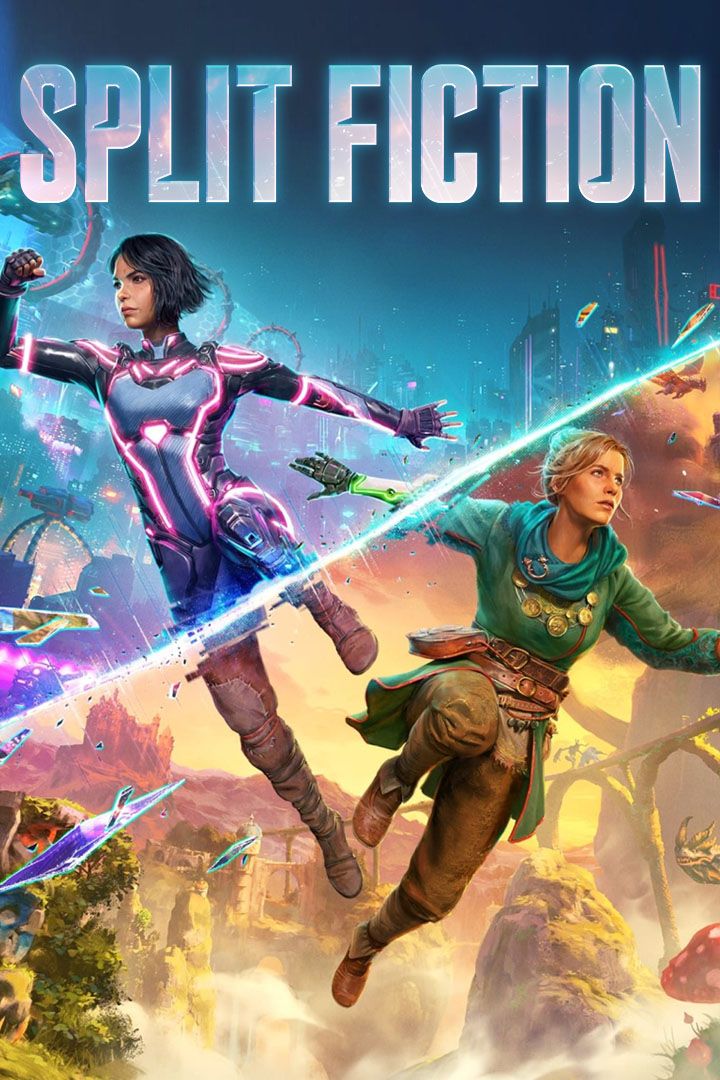
- Released
-
March 6, 2025
- Developer(s)
-
Hazelight Studios
Source link
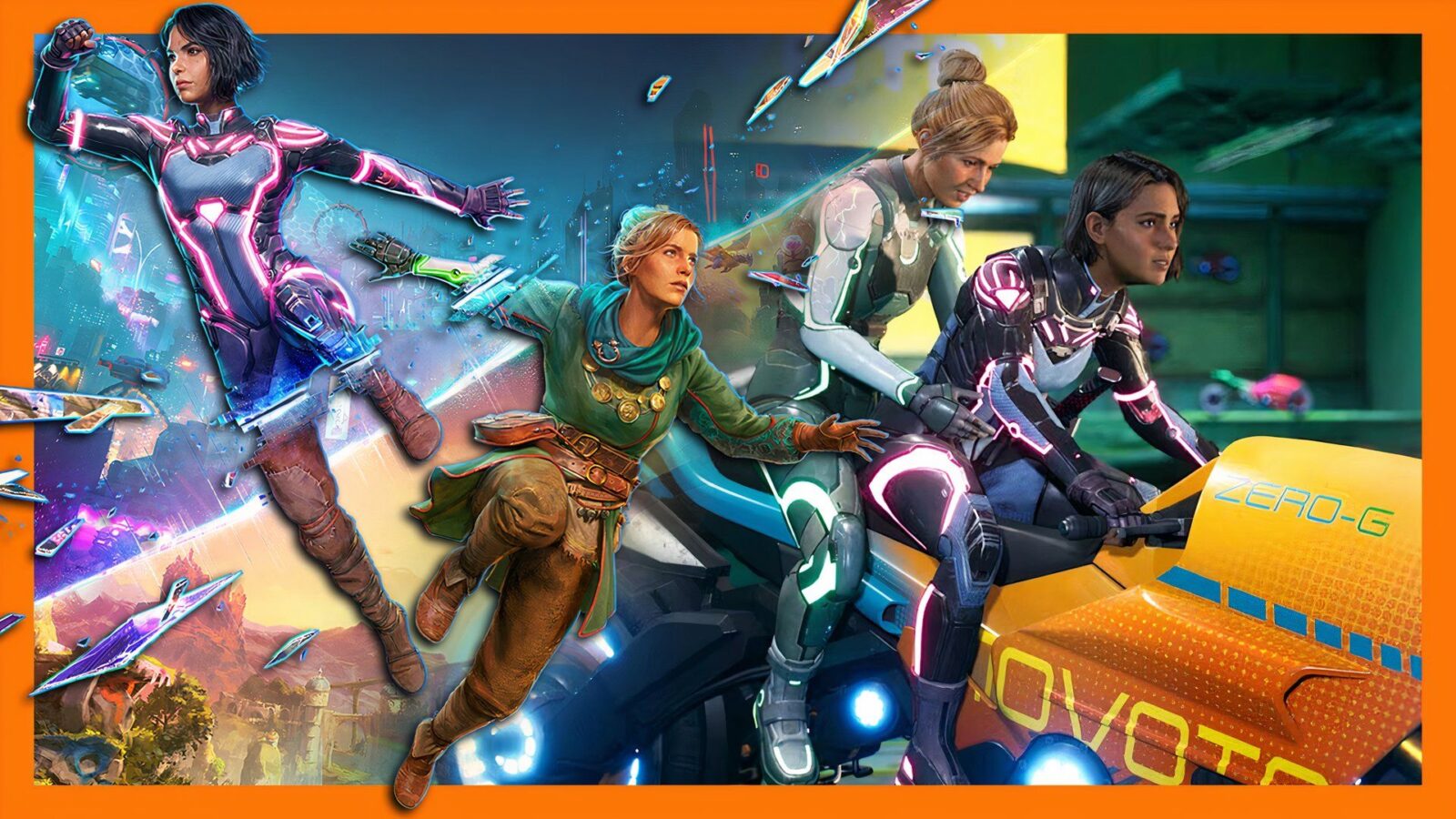


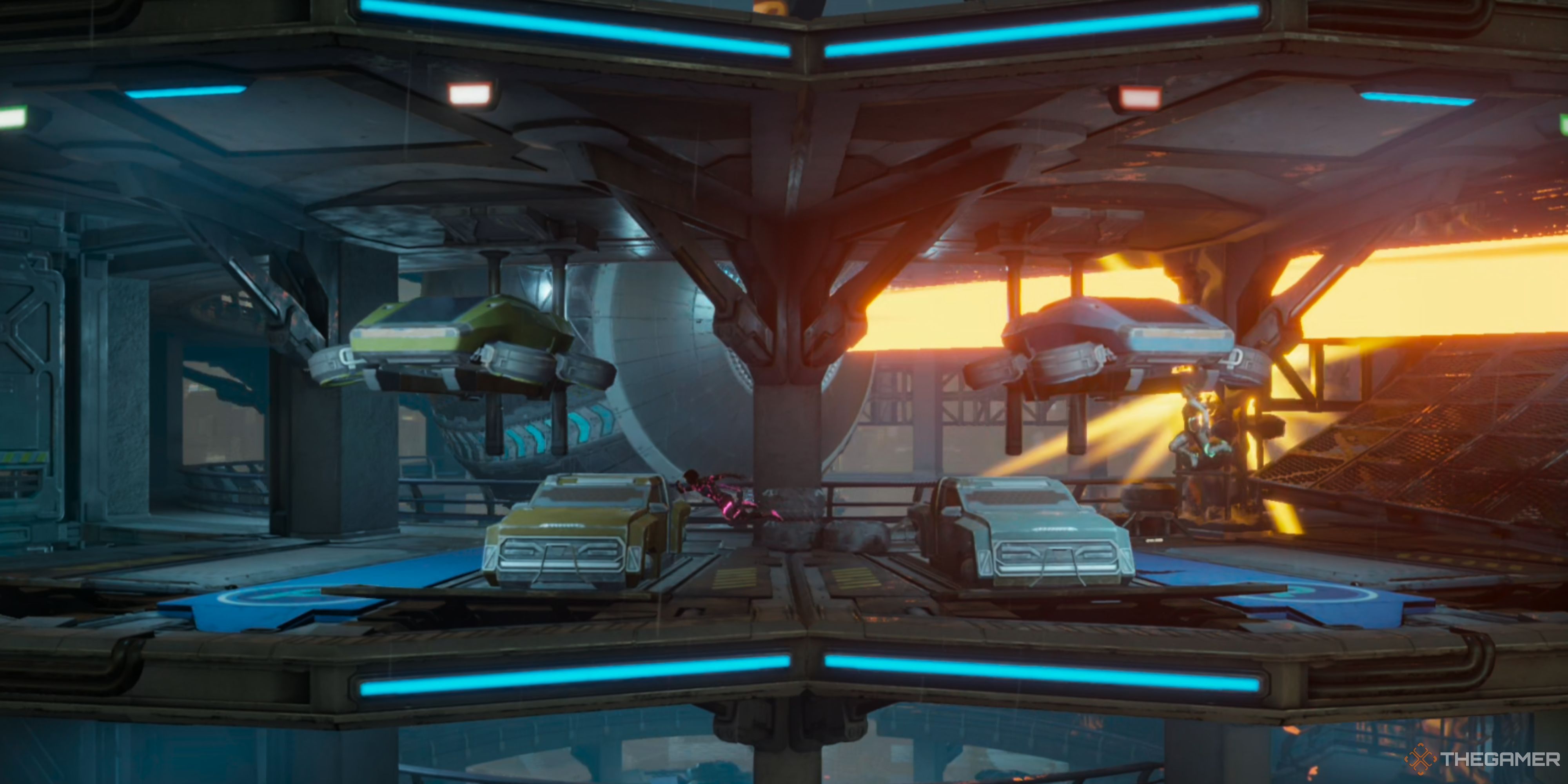


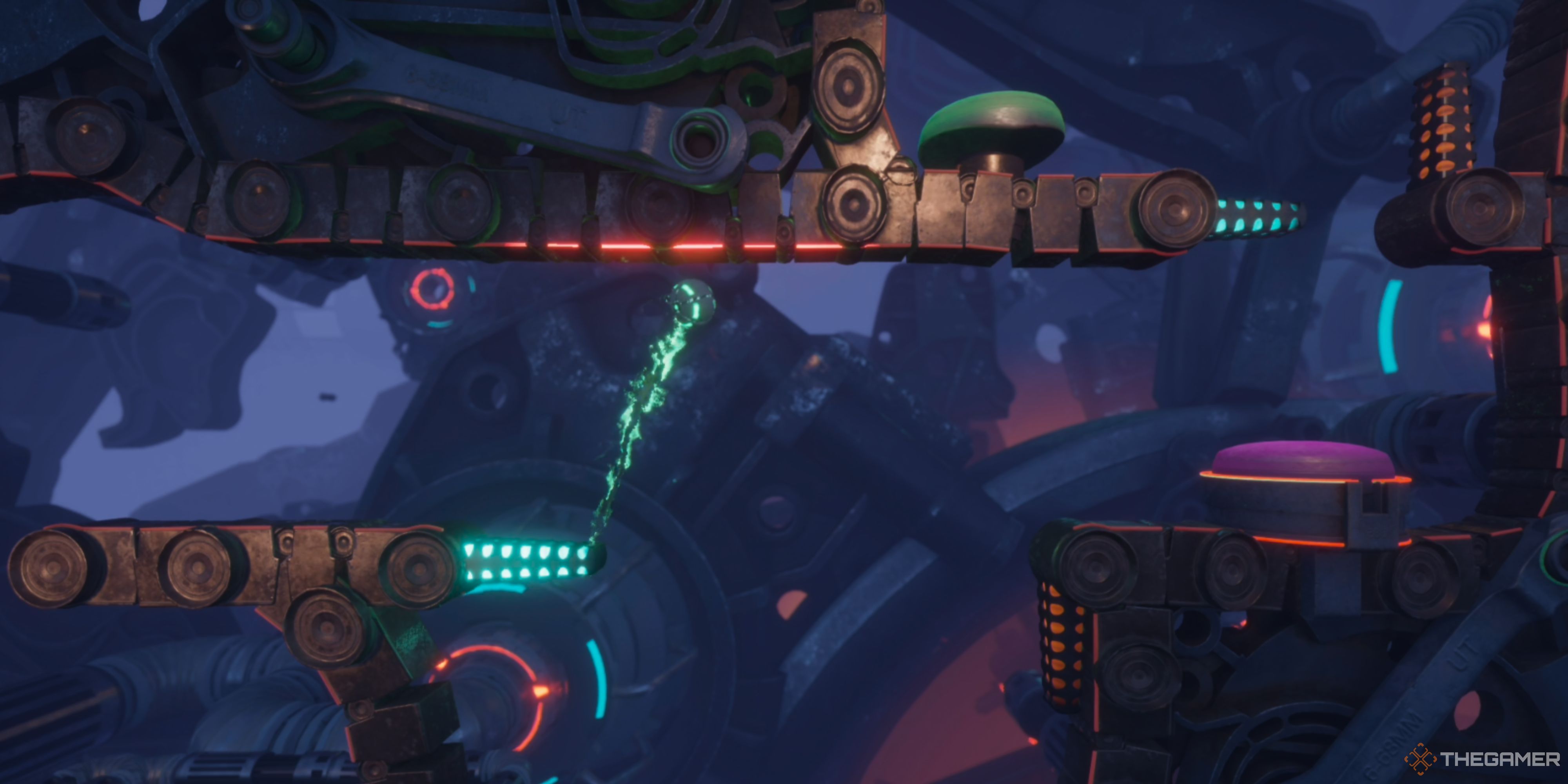



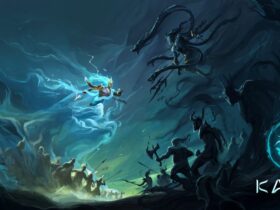


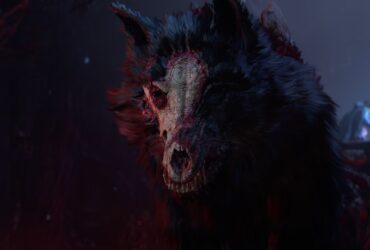

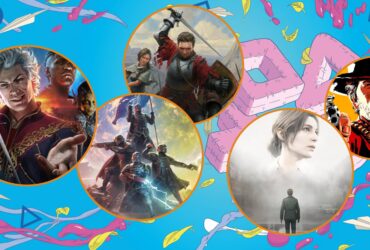
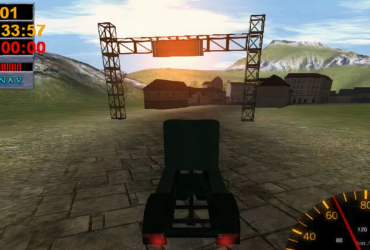
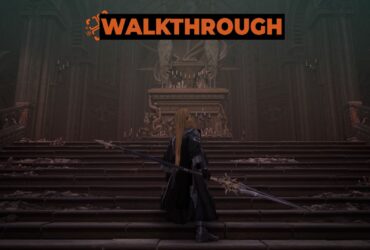
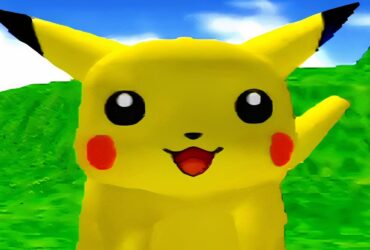
Leave a Reply